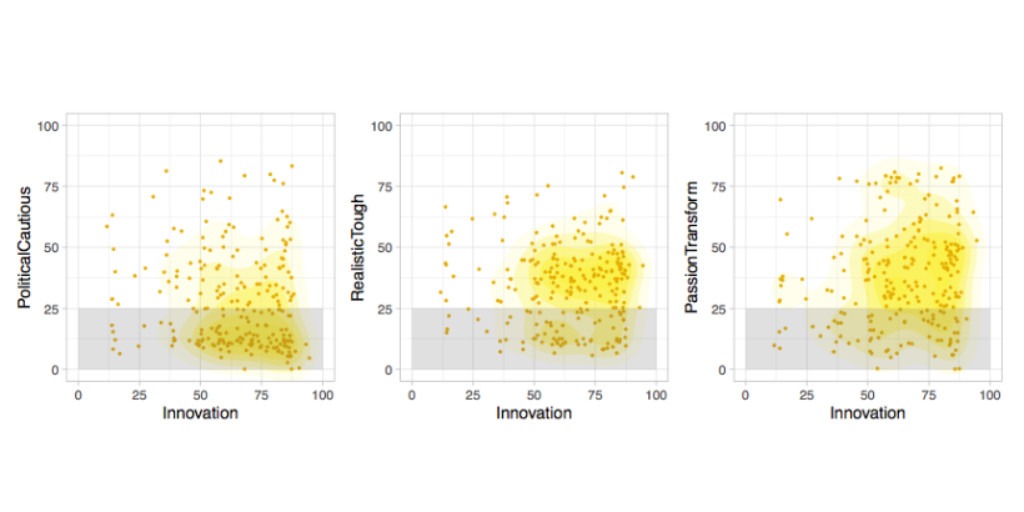The Science Behind Spryng.io
Spryng.io provides a powerful set of tools and services designed to provide organizations with powerful data that yields uniquely rich and actionable insights as a foundation for wise decisions and effective actions, especially given the context of our VUCA world—Volatile, Uncertain, Complex and Ambiguous.
Spryng.io is able to deliver that data—a combination of qualitative and quantitative data—by reflecting and leveraging the ways we, as human beings, naturally make sense of the world. Think of a typical conversation with a friend at a coffee shop. The friend asks how things are going at work. We typically reply with a ‘story’—sharing an experience that we then talk about, unpacking the ‘meaning’ of the experience. It would be exceedingly odd and not very helpful to reply to the question with a statistic: “Things are about 3.7 on the Likert scale.” Without specific context, the number would be meaningless.
It would take a god-like knowledge of every possible part and relationship within these complex and adaptive systems to determine the “right” decision in a particular moment. Yet human beings manage to operate and thrive in such environments every day by paying attention to, and adapting to, emergent patterns. This ability is so natural to us that we rarely give it conscious or deliberate thought. Let’s put this in context.
The approach of Spryng.io takes this natural human way of sensemaking seriously, providing a set of software tools to build a unique kind of instrument (a kind of questionnaire called a 'story template') that invites respondents to share (anonymously) an experience or anecdote relevant to the concerns of an organization (or a community), and then answering a few carefully crafted interpretive questions about the experience they shared. Respondents are welcome to share as many experiences as they like, each time also providing an interpretation to that experience.
Called ‘Active Sensemaking’, the method can be employed at any scale—from few dozen to hundreds of thousands of respondents. The method enables pattern exploration that emerge in the data, the patterns of interpretation. And, unlike traditional surveys, the interpretations remain connected to the experiences that generated them. It is thus possible to correlate quantitative patterns in the data with the qualitative data of the individual experiences, yielding useful insights into what is going on in the population under consideration, where there are possible points of leverage to amplify or dampen patterns, and what might be critically important ‘weak signals’—e.g., a small number of similar experiences (and their interpreted meanings) that point to significant opportunities or challenges.
The data generated by traditional surveys is wholly abstracted from the very human and messy contexts of survey respondents, yielding only means and averages that then need to be ‘interpreted’ by experts who are tasked to explain why, e.g., respondents in an employee engagement survey yielded an average of 3.8 on a job satisfaction Likert scale this year vs. 4.2 last year. Organizations then struggle to discern the significance of that shift.
However, with Spryng.io, using Active Sensemaking, the organization would have collected actual experiences related to job satisfaction, with each experience having been interpreted by the only real expert—the person whose experience it was. Spryng.io makes it possible see and explore the patterns in those interpretations while also reviewing the (anonymous) experiences that generated them. Exploring this combined set of data, using the powerful and intuitive tools of Spryng.io, provides depth of insight and a strong foundation for crafting wise decisions and effective strategies for addressing challenges and seizing opportunities. It is Active Sensemaking: powerful, natural, and effective in a VUCA (Volatile, Uncertain, Complex and Ambiguous) world.





